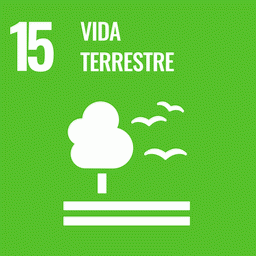Tropical forests harbor a significant portion of global biodiversity and are a critical component of the climate system. Reducing deforestation and forest degradation contributes to global climate-change mitigation efforts, yet emissions and removals from forest dynamics are still poorly quantified. We reviewed the main challenges to estimate changes in carbon stocks and biodiversity due to degradation and recovery of tropical forests, focusing on three main areas: (1) the combination of field surveys and remote sensing; (2) evaluation of biodiversity and carbon values under a unified strategy; and (3) research efforts needed to understand and quantify forest degradation and recovery. The improvement of models and estimates of changes of forest carbon can foster process-oriented monitoring of forest dynamics, including different variables and using spatially explicit algorithms that account for regional and local differences, such as variation in climate, soil, nutrient content, topography, biodiversity, disturbance history, recovery pathways, and socioeconomic factors. Generating the data for these models requires affordable large-scale remote-sensing tools associated with a robust network of field plots that can generate spatially explicit information on a range of variables through time.
By combining ecosystem models, multiscale remote sensing, and networks of field plots, we will be able to evaluate forest degradation and recovery and their interactions with biodiversity and carbon cycling. Improving monitoring strategies will allow a better understanding of the role of forest dynamics in climate-change mitigation, adaptation, and carbon cycle feedbacks, thereby reducing uncertainties in models of the key processes in the carbon cycle, including their impacts on biodiversity, which are fundamental to support forest governance policies, such as Reducing Emissions from Deforestation and Forest Degradation.
